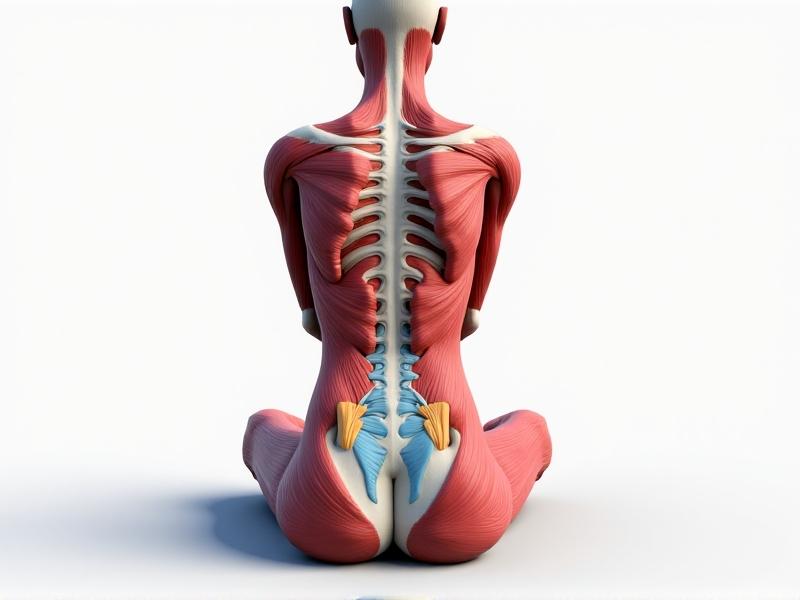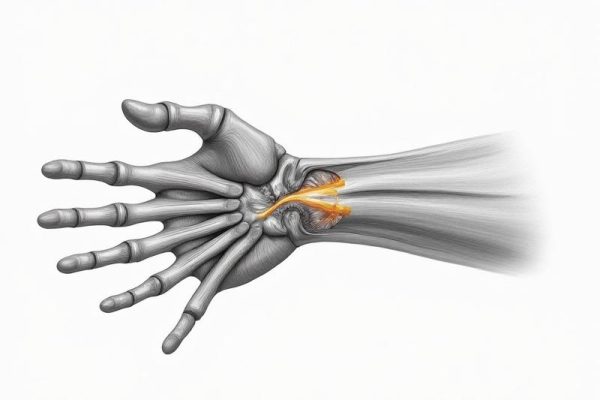```html
The Hidden Role of Lower Back Endurance in Sitting
Most people associate endurance with running or lifting weights, but sustaining a seated posture demands its own form of stamina. Prolonged sitting stresses the lumbar spine, hip flexors, and core stabilizers. Without adequate endurance, muscles fatigue, leading to slouching, disc compression, and chronic pain. Modern lifestyles—think desk jobs or long commutes—amplify this issue. Studies show the average office worker sits for 10 hours daily, yet few train their bodies to handle this load. Building lower back endurance isn’t about brute strength; it’s about conditioning muscles to maintain alignment under sustained tension. This foundation supports everything from productivity to long-term spinal health.

Anatomy of Sitting: Muscles You’re Ignoring
Sitting actively engages the multifidus, quadratus lumborum, and transverse abdominis—deep stabilizers often overlooked in traditional workouts. The erector spinae along the spine work isometrically to prevent collapse, while the glutes and hamstrings counterbalance pelvic tilt. When these muscles weaken, the body compensates by shifting weight to ligaments and joints, accelerating wear. For instance, tight hip flexors from prolonged sitting pull the pelvis forward, creating a vicious cycle of strain. Understanding this interplay helps target training effectively. Strengthening the posterior chain (glutes, hamstrings) and deep core stabilizers creates a “scaffold” that maintains neutral alignment even during marathon work sessions.

The Silent Saboteurs: Everyday Sitting Mistakes
Common posture errors turn chairs into enemy territory. Slumping shoulders and a forward head position—the “tech neck” posture—add 30 pounds of pressure on the cervical spine. Crossing legs unevenly tilts the pelvis, overstretching one side’s quadratus lumborum. Chair seats that are too soft allow the pelvis to sink, deactivating glutes. Even ergonomic chairs fail if users don’t adjust lumbar supports to their spine’s natural curve. The worst offender? Static sitting. Remaining motionless for hours reduces blood flow to spinal discs, depriving them of nutrients. Recognizing these habits is step one toward building sustainable endurance.

Micro-Workouts for Macro Endurance
Traditional gym routines often neglect endurance-specific training. Try these drills:
-
Dead Bug Variations
: Lie supine, extend opposite limbs while pressing lumbar spine into floor. Adds core stability without flexion. -
Seated Pallof Press
: Use a resistance band anchored sideways. Press outward while resisting rotation—mimics stabilizing during desk reaching. -
Iso-Hold Bridges
: Lift hips in bridge position, hold for 60 seconds. Teaches glutes to fire continuously.
Incorporate these in 2-minute breaks every hour. Consistency trumps intensity here—small doses build cumulative stamina without overtaxing muscles.

Dynamic Sitting: Beyond Static Posture
Instead of chasing “perfect” posture, embrace controlled movement. Use a wobble cushion to engage stabilizers subtly. Set a 20-minute timer to shift weight—lean left, right, forward, back. These micro-movements pump fluids into spinal discs. Try “chair cat-cows”: Arch and round the spine while seated, mobilizing stiff segments. Alternating between perching on the chair’s edge and sitting back redistributes muscle activation. Think of sitting as a skill requiring constant tiny adjustments—like balancing a broomstick on your palm.
Ergonomics Reimagined: Your Setup as a Training Tool
Transform your workspace into an endurance-building lab:
- Monitor height: Top third at eye level to prevent neck flexion.
- Keyboard tray: Elbows at 110 degrees to keep shoulders relaxed.
- Footrest: If feet don’t flatly reach floor, use a slanted wedge to unload hips.
Swap chairs periodically—use a kneeling stool mornings to activate glutes, switch to a saddle chair afternoons for pelvic neutrality. These variations prevent adaptive shortening in muscle groups.
From Minutes to Hours: Progressive Overload for Posture
Build sitting stamina like a marathon plan. Start with 25-minute focused sessions using impeccable form, followed by 5 minutes standing. Gradually increase seated intervals by 10% weekly. Track endurance via apps like Upright Go, which vibrates when posture falters. Celebrate milestones—when you can sit through a 90-minute meeting without back ache, that’s your version of a PR. Remember, endurance plateaus are normal; deload weeks with more movement breaks prevent overtraining.
Sustaining Gains: The Lifelong Practice
Endurance erodes without maintenance. Blend targeted exercises with lifestyle habits: walk meetings, stand during calls, practice yoga’s cobra pose to counter flexion. Sleep position matters—side sleepers should hug a knee pillow to align the spine. Hydrate well; dehydrated discs lose shock absorption. Most crucially, reframe sitting not as passive downtime, but as an active practice in bodily awareness—a moving meditation for modern life.




